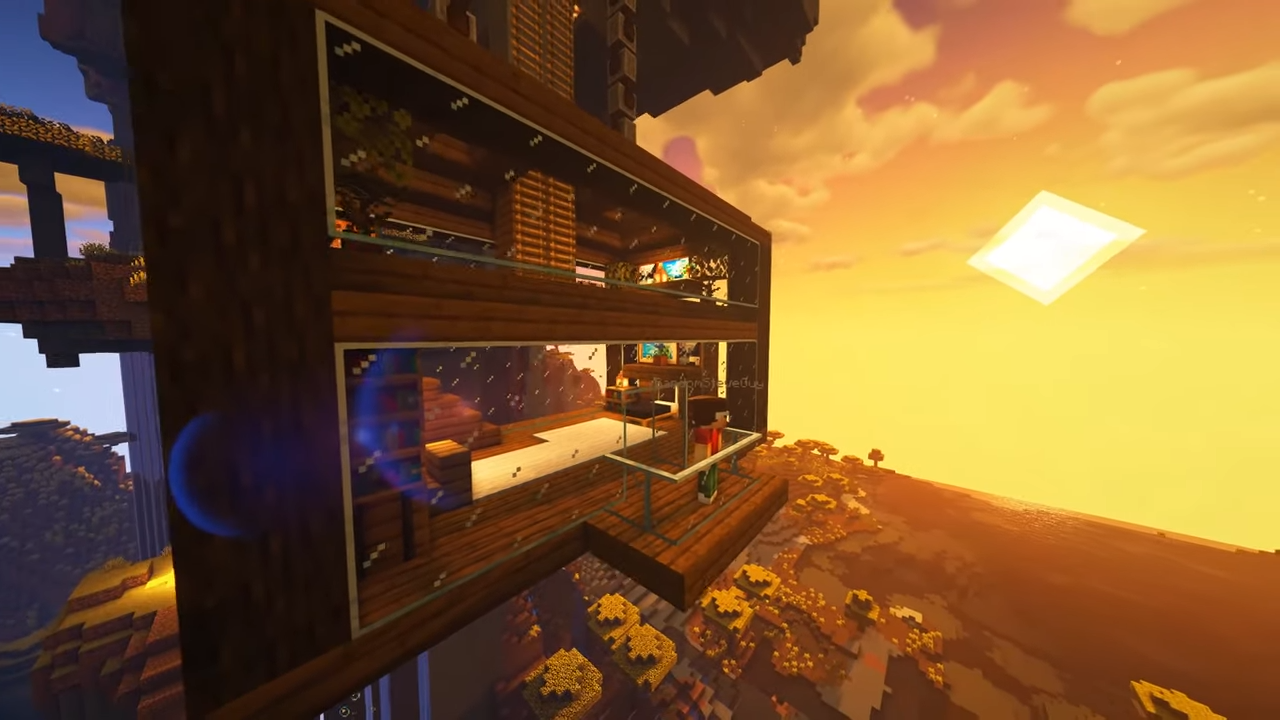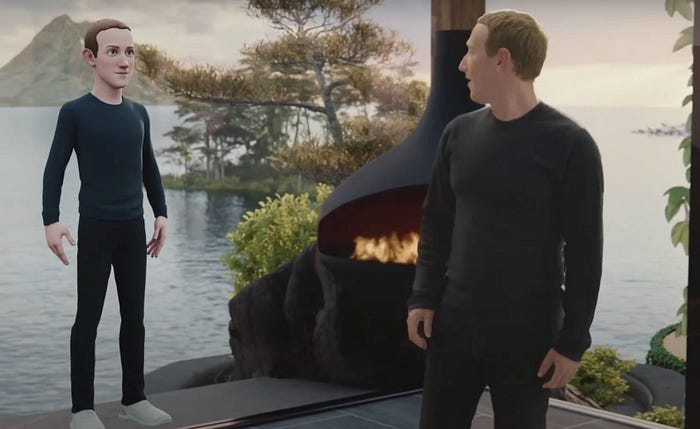Member-only story
The Metaverse Is Already Here — It’s Minecraft
Blocky game-worlds are decentralized, thriving, hackable, and have produced a vibrant economy

What will “the metaverse” look like?
Last week, we got a glimpse of Mark Zuckerberg’s vision for it, in his video presentation. If you didn’t see it, CNET has a highlights reel: It begins with Zuckerberg being raptured into his metaverse apartment, where he picks out an all-black outfit, then heads to a virtual meeting with Facebook colleagues — at which they play cards, marvel at 3D art, and phase Kitty-Pryde-style through their surroundings. Later on Zuckerberg shows off the future of work in Facebook’s AR metaverse, with screens afloat in the air.
It looked pretty much like every demo you see of “our AR/VR future”…

…Which is to say, it was soul-deadeningly antiseptic, and molded entirely from the plasticine of the corporate imagination. (A more succinct verdict: “It looks like junk,” wrote Ethan Zuckerman, who built a metaverse 27 years ago. “His superhero secret lair looks out over a paradise island that’s almost entirely static. There’s the nominal motion of waves, but none of the foliage moves. It’s tropical wallpaper pasted to virtual windows.”) Despite Facebook’s attempts to make things look jolly, and despite the bazillions of dollars they probably spent on this demo, it was almost experimentally lifeless.
Big tech firms are desperate to launch a metaverse. They keep on promising it’ll be here — some day soon! It’ll transform daily life, letting you hang out with friends — any day now! You’ll see art, go to live events, be creative, play games, run businesses — like, soon, we mean it!
Of course, these tech giants all want to be the earliest entrant, praying they’ll lock in first-mover advantage and build Hotel-Californian network effects. They want to create the metaverse, a walled-garden from which they can harvest all the profits.
This is why they’re doomed to build such dreary, mall-like wares.

